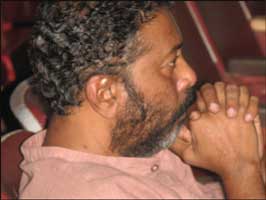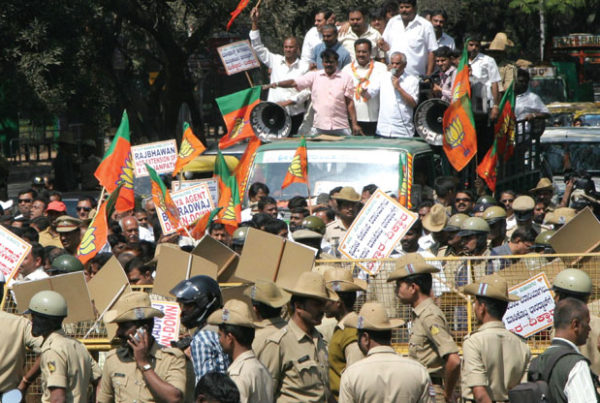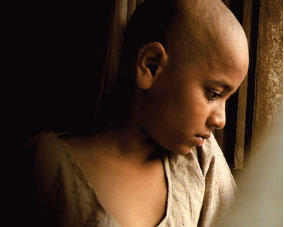 Photo: Vibgyor
Photo: VibgyorONE SUMMER afternoon in 1999, a corner of a women’s college in Bengaluru morphed into a cinema theatre. Even as students waited for a college administration to cross bureaucratic hurdles and allot them an auditorium, C Saratchandran and his team took over an unused classroom. They boarded up windows, rearranged the benches and set up their projector. A wall relatively free of graffiti was the screen. The door was latched shut and the show began. Three hours and four documentary films later, as the students filed out, the silence of deep thought marked their exit. Those few hours had fired their imagination in a way that only committed activists and powerful films can. Over the next 10 years, Sarat transformed countless other spaces — classrooms, community halls, village squares — into makeshift theatres for documentary films. The films were his way of bridging distances between people fighting protracted battles and those who might one day bolster their ranks. Sarat’s death on April 1 gave pause to audiences across states. A freak train accident silenced a powerful voice.
The search for audiences is always an intense one —a filmmaker striding into unfamiliar spaces with a clutch of DVDS in hand, hoping to find an audience is an easily recognisable figure. Since Sarat started Nottam (“gaze” in Malayalam), a travelling film festival, that endless search for audiences had eased. Sarat was also the motive force behind Kerala’s annual VIBGYOR film festival. Though eulogies now compare him to John Abraham, another famous film screening fanatic, they do him a disservice. Unlike Abraham, a deep political commitment underlined Sarat’s effort of screening films.
It was this very commitment that anchored Sarat’s films. Several, including 1000 days and a Dream and Chaliyar: The Final Struggle, won awards at venues like the Mumbai International Film Festival. But conversations with Sarat on awards and film-making techniques were futile: the discussion would move in a blink from skill and craft to the lives of the people he captured on film. Amidst the range of inexplicable episodes that marked Sarat’s life will be an afternoon I spent in a classroom in a women’s college 10 years ago. You will be missed, Sarat.
—
This article was originally published in Tehelka, a leading independent news magazine in India, known for its investigative journalism.


